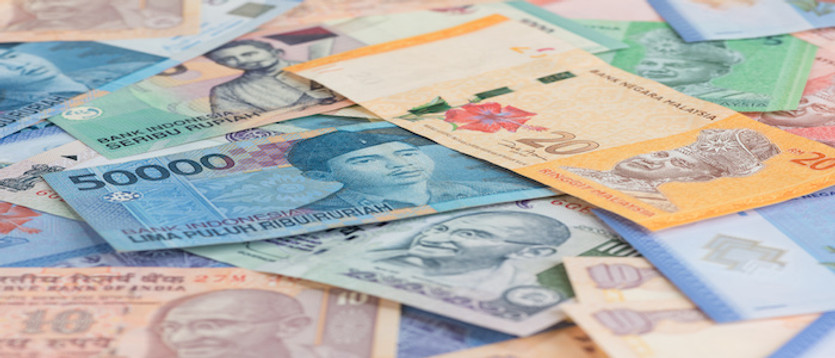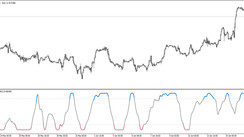There are worries that the significant decline in emerging Asian monetary authorities' foreign exchange reserves may limit market interventions to stop currency depreciation in the light of the powerful USD. The number of months of imports a nation can fund with its currency exchange holdings, a highly monitored indicator of reserves cover, has fallen to approximately 7 for EM Asia ex-China, the weakest since the global financial crisis in 2008. It increased from roughly 10 months at the start of the year to as much as 16 in Aug 2020, indicating a decline in the ability of emerging nations to protect their currencies.
The largest decline in reserves as a share of GDP was seen in Thailand, followed by Malaysia and India. For any nation, reserves only extend for a few months. As the dramatic hardening of Federal Reserve policy encouraged flows back to the US, monetary authorities in developing Asia have depended on reserves to defend their economies against a stronger USD. Asian currencies, many of which recently hit record or multi-year lows, may suffer losses if there is any sign that market interventions are slowing down.
If Asia's exports experience pressure, central banks' operations may also shift since their emphasis would likely switch from reducing imported inflation to enhancing export competitiveness. Moreover, India and Thailand have emerged as the most vigorous countries using the decline in reserves as a benchmark for FX intervention, with reserves falling by around $81 billion this year.
Because they have more reserves than in prior crises, Asian markets are still in better position. In recent months, traders have been looking to these markets in the hope that they can provide stronger growth, policy assistance, and possibly greater profits. The advance in the dollar has caused the Chinese yuan to edge closer to the crucial 7 level, while the risk-averse Korean won has fallen to depths last seen in 2009. Recently historically low were reached by the Philippine peso and the Indian rupee. As investors anticipated US inflation for hints on interest-rate movements, emerging Asian currencies traded in a range on Tuesday and the dollar continued to slide.





